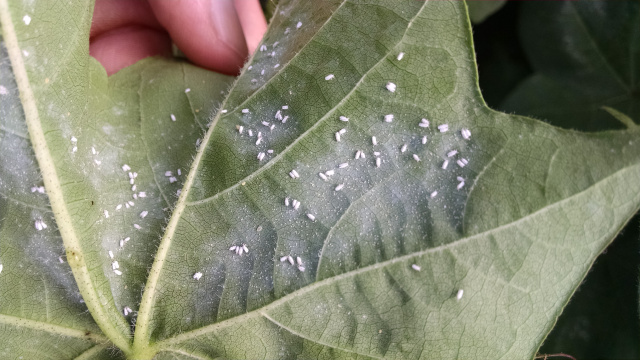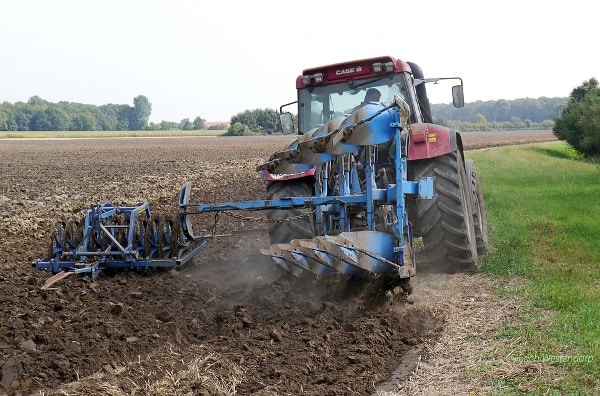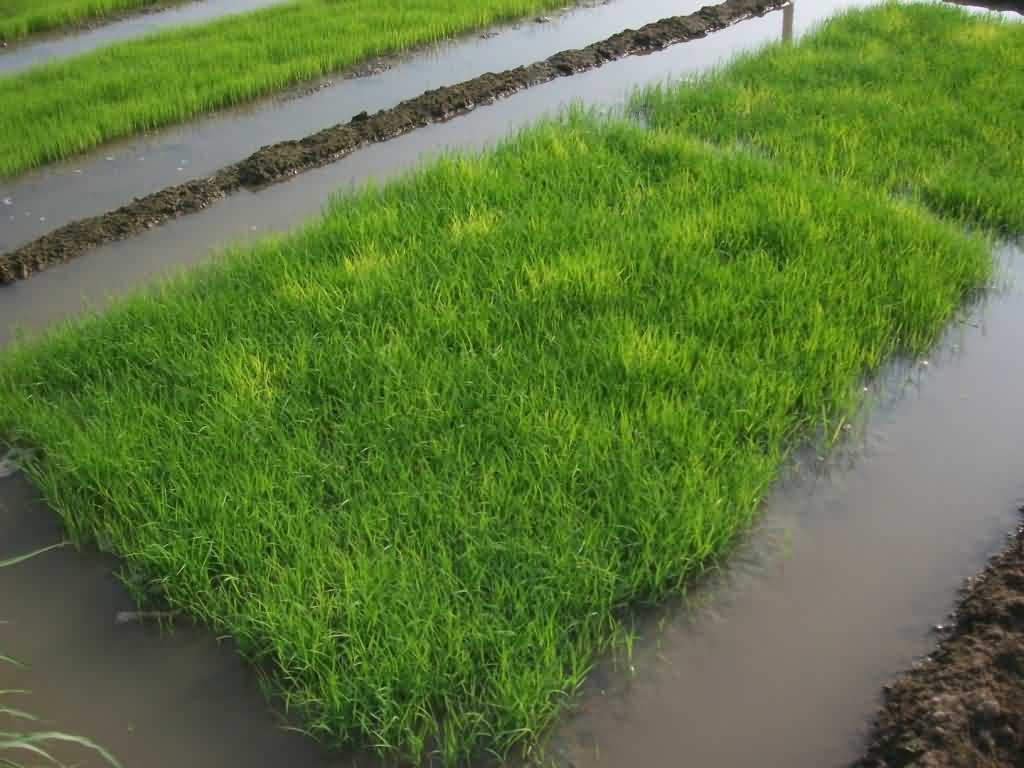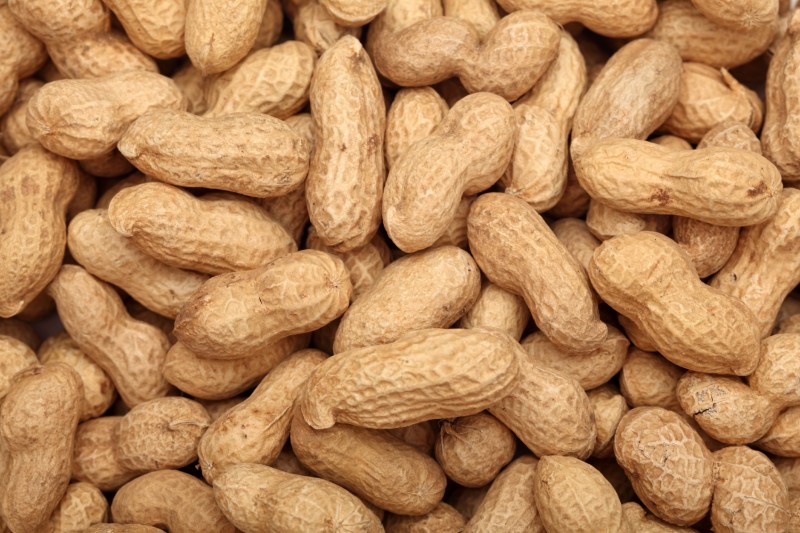For the cultivation of soybean, sow after 20 June. Rainfall is likely to occur by the end of September this year, so short-term soybean varieties may be a problem. Hence long-term soybeans can be used for early planting. For seed treatment, take out the seeds of soybean and prepare the seeds after treatment.
For seed treatment use clean and Vitavax 2.5 gram per kg seed and Jhalora 2.0 ml per kg seed, P Rise 2.0 gram for organic seed treatment along with Rhizo Care 5 gram per kg. It is necessary to treat soybean with Rhizobium at the rate of 5 grams per kg of seeds. If there is a problem of drying soybeans in your field, then spread the rhizocare 500 grams per acre with good ripe dung manure. Be sure to use Soybean Samriddhi Kit before sowing.
Share









